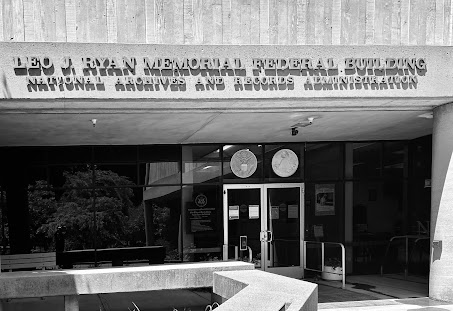I've been visiting this gravesite at the Mountain View Cemetery in Oakland, California, for as long as I can remember, well over fifty years, once or twice a year when I was younger for Ching Ming and other occasions, less as I've gotten older. So, I know this tombstone, but I never really read it until my Aunt Millie asked to to help translate the Chinese words.
I know the names of my Uncles and Aunts etched here in granite, in both English and Chinese. If I had bothered, I would have seen the name of our family village in Chinese (Toisan, Luk Chun, Char Jew Village) and that they were members of the 25th generation [to live in that area]. I had completely overlooked the poetic couplet between their English and Chinese names or perhaps ignored them as indecipherable. Yet a poem like this is rare on both Chinese and English gravestones.
The couplet reads as follows with the Hoisanese pronunciation/Mandarin Pinyin in parentheses:
|
寶骨悲留千古地 寶 (bo/bao) - treasure, precious 骨 (goot/gu) - bones 悲 (bi/bei) - sorrow, sadness 留 (lau/liu) - to leave behind, remain 千 (tein/qian) - thousand 古 (gu/gu)- ancient times 地 (ee/di) - earth, land |
家身慘掛萬年墳 家 (gaa/jia) - family, home 身 (seen/shen) - body 慘 (taam/can) - tragic 掛 (kaa/gua) - to hang, suspend 萬 (maan/wan) - ten thousand 年 (nein/nian) - year 墳 (foon/fen) - grave |
Put together into a rough poetic translation*:
Precious bones tragically remain in the ancient earth for a
thousand years
The family's sadness hangs over the grave for ten thousand
years.
Alternatively:
Precious bones tragically linger in the ground for a thousand years
The living family mourns at
the grave for ten thousand years
This couplet was almost certainly written for Jimmy, probably by his father Pak Yick Chin, as the first character of each line are taken from the characters of Jimmy’s name "Bo Gar". It expresses the sorrow at his and his older brothers' (Harry and Hammond) untimely deaths, with their physical remains staying in the earth, and the family’s grief lingering for an eternity. The contrast of "thousand years" and "ten thousand years" poetically expresses that eternity.

|
|
Pak Yick Chin and Jimmy Bo-Gar Chin 1950, Oakland, CA |













